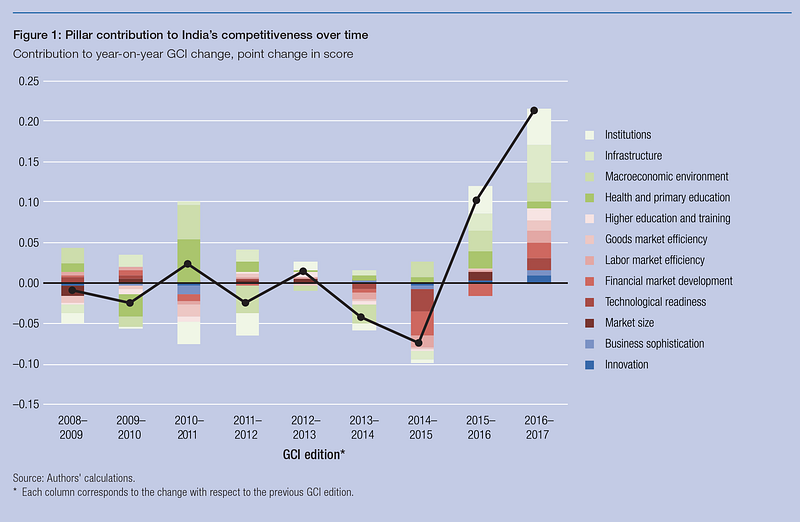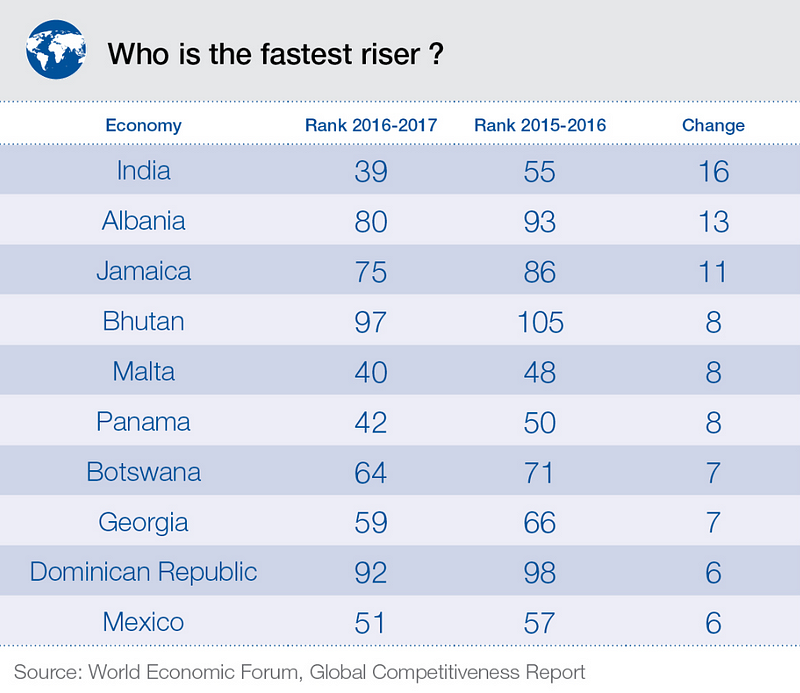Contrariamente ao que se crê habitualmente, os EUA nunca conceberam sua doutrina nuclear no sentido da dissuasão, e sim como possibilidade de "preemptive strike", ou seja, ataque preventivo, o que significa obviamente holocausto nuclear. Mas tampouco atribuíram aos comandantes de equipamentos nuclearmente armados o direito de decidirem iniciar um ataque dessa natureza.
H-Diplo Essay No. 151
An H-Diplo Review Essay
Published on 1 March 2018
Essay Editor: Diane Labrosse
Web and Production Editor: George Fujii
Daniel Ellsberg. The Doomsday Machine: Confessions of a Nuclear War Planner. New York: Bloomsbury Publishing, 2017. ISBN: 9781608196708 (hardback, $30.00).
Reviewed by Gregg Herken, University of California
Daniel Ellsberg is, of course, best known as the former RAND analyst who leaked the Pentagon Papers. What was once just notoriety—Ellsberg was described by former Secretary of State Henry Kissinger as ‘the most dangerous man in America’—has become, more recently, fame: Matthew Rhys plays Ellsberg in “The Post,” the movie about the Pentagon Papers. (Rhys is perhaps best-known as a Soviet master spy in the television series, “The Americans,” an irony that may have escaped the casting director.) But Ellsberg would have been even more notorious, or famous, had he acted on an impulse that pre-dated the Pentagon Papers—namely, had he leaked documents relating to the top-secret U.S. nuclear war plans that he had had access to while at RAND. In another irony, those papers, secreted by Ellsberg at a New York landfill, disappeared in the course of a natural disaster: tropical storm Doria of 1971.
In retrospect, Ellsberg now regrets that he did not leak those earlier papers, too, believing that had he done so, this book would be unnecessary, because the public debate over those plans would have begun many years earlier. Instead, the hope of The Doomsday Machine—which he began writing in 1975—is to provoke such a debate.
The first part of the book is confessional—a detailing of Ellsberg’s personal role at RAND in fine-tuning the “machine.” By the end, however, it is a jeremiad—and, specifically, a warning that, eventually, nuclear war is a virtual certainty, unless the doomsday machine is dismantled. Along the way, the author gives a kind of wonkish “Cook’s Tour” of how we got into our current predicament.
Perhaps the most surprising thing in the book, for the general reader at least, will be the discovery that American nuclear strategy has never been primarily based on deterrence—preventing a war by the threat of retaliation—but is founded instead upon the concept of preemption, or “preemptive attack,” which is defined as “an attack initiated on the basis of incontrovertible evidence that an enemy attack is imminent.”
[1] In fact, Ellsberg’s point is not entirely new. The distinction between U.S. “declaratory policy”—that is, “statements of policy which we make for political effect”—and its “actual policy”—namely, what we build our forces to do—was made back in 1956, in a
Foreign Affairs article by Paul Nitze, a senior Pentagon official and nuclear war theorist, for whom Ellsberg worked during the Kennedy administration.
[2] Whereas America’s declared nuclear policy has always been deterrence, its actual policy has embraced preemption—the goal being to limit damage to the U.S. homeland by striking first, before the adversary’s nuclear offensive can get underway.
This has never been clearer than in the words, written and spoken, of General Curtis LeMay, the U.S. Air Force general who headed the Strategic Air Command (SAC), and later became that service’s chief of staff during the Kennedy administration. Although often depicted as a cigar-chomping madman, LeMay was, in fact, highly intelligent, and the architect of America’s strategic bombing campaign against Japan during the Second World War. But LeMay was also brutally focused throughout his career upon one overriding goal: the total destruction of America’s enemies in the event of war, as quickly as possible. Once, when asked what his military requirements were for SAC, LeMay answered: “One bomb, for Russia” (263).
[3]
LeMay’s singular dedication to preempting a Soviet nuclear attack came to me as a kind of epiphany, more than thirty years ago. While researching my book,
Counsels of War, I was struck by the fact that LeMay had repeatedly claimed that the U.S. would never launch a nuclear first-strike against the Soviet Union unless SAC received an “unambiguous strategic warning” that a Russian attack was imminent. The phrase appeared so often in SAC parlance that it seemed almost a kind of mantra. Curious as to what precisely constituted “unambiguous strategic warning,” I telephoned LeMay, who was at that time living in an Air Force retirement community, and asked him what the term meant. His response was vintage: “You professors shouldn’t get your balls in an uproar over that. I knew what it was, and we would operate on that basis.”
[4]
I never did find out exactly what “unambiguous strategic warning” was, but several years after that, in 1992, I helped organize a symposium on the history of strategic bombing at the Smithsonian’s National Air and Space Museum, and invited LeMay to speak. Driving the general back to his hotel, I asked LeMay how he could be so certain that SAC would be able to launch a preemptive nuclear attack without securing prior civilian authorization. (I did not reveal that I was the “professor” who had earlier called with the question about strategic warning.) LeMay explained that he had a senior aide, who had gone to every SAC base and spoken to the Atomic Energy Commission (AEC) official whose approval was necessary for the release of nuclear weapons. The aide had asked the AEC representative, in effect: “If the general believes we are under attack, and wants you to release the weapons to him, you will do so, won’t you?” LeMay said that in every instance, the answer the aide received was affirmative.
Ellsberg also goes into some detail in the book about how he personally discovered a dirty little secret behind American nuclear war planning. In theory, only the president can authorize the use of nuclear weapons. In practice, that authority has been pre-delegated to others, including senior military and civilian officials, ever since the Eisenhower years, when the Soviet Union was first able to launch a “decapitating” strike against Washington, D.C. As technological innovation has progressively reduced warning time, that authority has inexorably spread out, and, in the process, become almost automatic: in both the United States and Russia, there exists a “dead hand” system that ensures retaliation against a nuclear strike by the other side, even after the national leadership in Washington and Moscow has been annihilated: the “doomsday machine” of the book’s title.
There is much in Ellsberg’s book that is new, and may even be revelatory to many readers: for example, the fact that U.S. war plans in the early 1960s, if executed, would have killed not only Russians and Chinese, but also as many as 100 million of America’s European allies, “depending on which way the winds blows.” (137) Or that such plans did not take into consideration the fatal effect of the fires created by nuclear detonations—even though fire caused the majority of casualties from the most destructive bombing raids of the Second World War—upon Hamburg, Dresden, and Tokyo. Nor did those plans anticipate the effects of a postwar “nuclear winter,” which might have raised the total number of dead, Ellsberg claims, to a billion—or almost a third of the human population of the Earth at that time. Finally, the book has the most cogent and well-written summation I have yet seen of how strategic bombing by the Allies began with attacks exclusively on military targets, and ended up being primarily aimed at killing civilians.
Missing from
The Doomsday Machine, however, is any discussion of the instances when the United States considered the possibility of neutralizing the Russian threat by “preventive war”—defined as “a war initiated in the belief that military conflict, while not imminent, is inevitable, and that to delay would involve greater risk.”
[5] Preventive war is an idea that occasionally popped up and even retained currency throughout the Eisenhower and Truman years, but—with one possible exception, during the Kennedy administration—was never seriously considered once the USSR, too, had nuclear weapons in quantity and the means to deliver them accurately and promptly.
Nonetheless, the distinction between “preemption” and “preventive war” is an important one: it is the difference between an action sanctioned by international law, and an unprovoked act of aggression like the Japanese attack on Pearl Harbor. And it is a curious omission from Ellsberg’s book, given the importance that he—rightly—assigns to the words and definitions used in nuclear war planning. As the book points out, the actual nuclear war plan devised by the U.S. military was at one time kept from meddling civilians in the Pentagon by its deliberately misleading title: the Joint Strategic Capabilities Plan. Likewise, Ellsberg and other RAND analysts fought with the Air Force for years over the distinction between “general war” and “central war.” (125)
Thus, and for that very reason, there may well be an overlooked significance to the fact—recently discovered by Trevor Albertson, a former graduate student of mine—that the current version of the Defense Department’s
Dictionary of Military and Associated Terms omits the definitions of both ‘preemption’ and ‘preventive war’ from its 777 pages.
[6] The last edition of the DOD dictionary—in effect, the Pentagon planners’ Bible—to contain both terms came out in 2009. Seeking a reason for the omission, Albertson was told, in response to his Freedom of Information Act request, only that the terms were considered already ‘adequately defined’—a claim plainly belied by the frequency with which most journalists and even some well-informed academics routinely used ‘preemption’ when describing the U.S. invasion of Iraq in 2003, when the correct term is ‘preventive war.’
To be sure, Ellsberg is hardly the first Jeremiah to warn that nuclear war is “
a catastrophe waiting to happen.” (20) As early as April 1945—several weeks before the atomic bomb would be tested, and was known to work—Truman was told that “the future will make it possible [for the bomb] to be constructed by smaller nations or even groups…”
[7] Ellsberg is, nonetheless, the most recent, the best informed—and plainly the most motivated—to remind us, since then, of our present and continuing danger.
Gregg Herken is an emeritus professor of modern American diplomatic history at the University of California, with a multi-campus affiliation. He is the author, most recently, of The Georgetown Set: Friends and Rivals in Cold War Washington (Knopf, 2014), and four other books: Brotherhood of the Bomb: The Tangled Lives and Loyalties of Robert Oppenheimer, Ernest Lawrence, and Edward Teller (Henry Holt, 2002); Cardinal Choices: Presidential Science Advising from Roosevelt to Reagan (Oxford University Press, 1992); Counsels of War (Knopf, 1985); and The Winning Weapon: The Atomic Bomb in the Cold War, 1945-1950 (Knopf, 1980).
© 2018 The Author.
Notes
[1] U.S. Department of Defense,
Dictionary of Military and Associated Terms, Joint Publication 1-02, 12 April 2001 (as Amended through 31 October 2009), 424.
[3] A Los Alamos colleague of physicist Edward Teller claims that Teller once mused about the possibility of building a “Backyard” bomb, which would have been a true Doomsday machine: “Since that particular design would probably kill everyone on Earth, there was no use carting it elsewhere.” Robert Serber,
The Los Alamos Primer: The First Lectures on How to Build an Atomic Bomb (Berkeley: University of California Press, 1992), 4, fn. 2.
[4] Gregg Herken,
Counsels of War (New York: Knopf, 1985), 96-97.
[5] U.S. Department of Defense,
Dictionary of Military and Associated Terms, Joint Publication 1-02, 12 April 2001 (as Amended through 31 October 2009), 428.
[7] [Secretary of War] Henry Stimson: “Memo Discussed with the President, April 25, 1945,” in Martin J. Sherwin,
A World Destroyed: The Atomic Bomb and the Grand Alliance (Knopf, 1975), 291-292.







